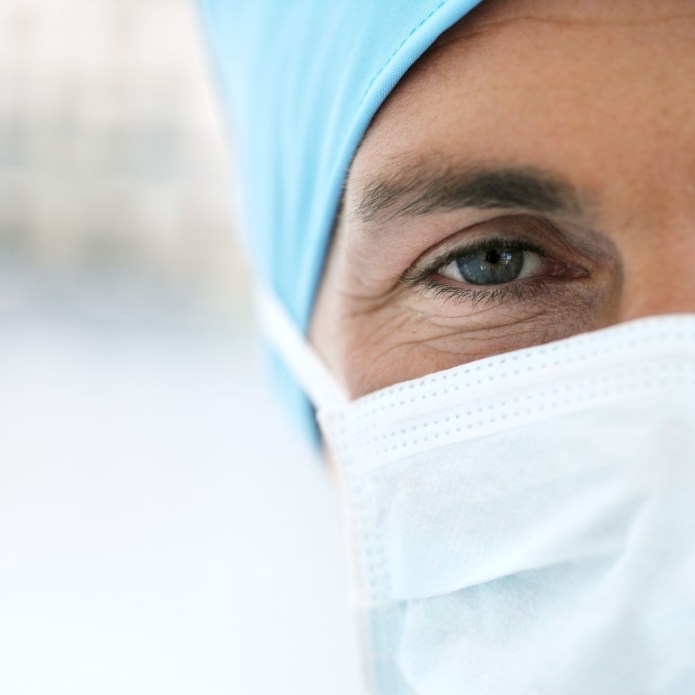It’s been a while since I’ve written – but sometimes between maintaining two blogs, a series on health for Examiner.com, answering emails from potential medical tourists, traveling and working long hours on assignment – I sometimes feel a bit like a candle burning at both ends.
But I am happy to report – that I recently completed my latest assignment and am back home in my native Virginia (for a few days) before heading back to Colombia.
I’ll spend the next couple days getting ready; contacting potential interviewees, researching articles,
The downside of frequent extended travel is the piling up of all the inevitable errands and hassles. Sometimes its just stuff like sorting through a couple of months of mail, but other times it’s paying property taxes (in person because I live in a small town) or renewing my driver’s license (now good until 2022!)
But now that we’re all caught up – we can get back to work (and writing!)
The Profiteer Model
Several interesting articles and posts have been written about medical tourism lately. We will talk about some of the other issues in future posts but today, I wanted to share this article by Stacy Hsu from the Tampai Times. This article takes issue with the “Profiteer’ model of many so-called “Medical Tourism” hospitals and clinics.
VIP Medicine
As we’ve mentioned in previous posts, the idea of exclusive hospitals designed solely for the wealthy foreigner is both a noxious and popular one. To many people, the idea of a resort-like or decadent atmosphere that caters to the every whim of the monied tourist or “Club Medicine” is a charmed one. VIP/ Executive health programs thrive around the world – from the hallowed halls of academic medicine like John Hopkins, the Cleveland Clinic to the Planet Hospital branded facilities around the world.
Much of the medical tourism industry has been based on this context. Programs are advertised on the basis of desirable location, gourmet cuisine menus, luxurious accommodations and nightly turn down service; not surgical skill or publishable clinical outcomes. No one hypes a short-length of stay or low re-admission rate when catered meals, high-speed internet and cable television are part of the selling points.
VIP versus Concierge: Not entirely the same
Don’t want to travel? But want your health care needs catered to? There are whole branches of primary care practices (ie. the “Royal Pains” practices) that are now based on this principle. On the surface, it doesn’t sound like much – patients pay extra money to have their doctor actually give them the time and attention they deserve* (during visits, phone calls and emails) but in reality, it can very quickly turn into something else as this ‘bonus’ pay approach changes the patient – provider relationship.
But “concierge medicine” as it is called in primary care medicine is a far cry from the VIP and Executive programs offered as part of medical tourism programs. In concierge medicine, patients still have a long-term and established relationship with their physician – and it is this relationship that can actually improve health care outcomes along with patient satisfaction. That’s because having more time with your family doctor means that s/he will spend more time answering questions and explaining care to patients. In turn, the patient is more likely to fill their prescriptions, take their medications and otherwise follow this doctor’s instructions.
*Instead of delegating more personalized care to people like me; the nurse practitioner (NP) or physician assistant (PA) which is more commonly done in standard medical offices.
But is ego-tickling medicine good for your health?
According to the scant amount of existing research, the answer is often no, when we are talking about short-term patient-provider relationships like the one-day executive physical or the spa style surgery service. In fact, patients often receive unnecessary and even potentially harmful, expensive tests and procedures (like the famed “Full body CT”).
I liken it to “The emperor’s new clothes” syndrome, where the patient is seen more as a consumer / purchaser of goods than a person seeking health services. In this scenario, the healthcare provider is more concerned with keeping the customer satisfied than explaining why many of these tests and procedures are not necessary or may even be harmful.
Remember: First do no harm!
The customer is always right!
These contradictory objectives may become a conflict when the needed health advice isn’t what the patient wants to hear*.
The ‘Eckland Effect’
But it looks like this may be changing. Several new research projects as well as recent articles are showing a move towards data collection and measurement of objective outcomes in regards to medical tourism. Instead of patient satisfaction surveys, researchers are asking about the incidence of complications.
Other organizations are talking about implementing more accountability, transparency and formal accreditation for medical tourism programs and facilities. Of course, accreditation is only as valuable as the organization offering it.
*Certainly this dynamic was at play in the care and death of pop star Michael Jackson under the care of Dr. Conrad Murray.
Additional articles for interested readers:
Al-Lamki, L. (2011). Medical Tourism: Beneficence or maleficence? SQU Med J Nov 2011, 11(4): 444-447. This is an excellent editorial that offers a concise overview of many of the ethical issues we have discussed here at Latin American Surgery including brain drain, transplant tourism, quality assurance, continuity-of-care and the overall impact of medical tourism on local communities.
In a related article, ” A European perspective on medical tourism: the need for a knowledge base” Carrera & Lunt (2010) argued for the urgent need for record-keeping and statistical data collection in the medical tourism industry. While this article is not available for free on-line, a related presentation by the authors is available here.
For readers interested in learning more about the correlation between patient satisfaction and clinical outcomes, I encourage you to read the works of JJ Fenton.
Fenton JJ, Jerant AF, Bertakis KD, Franks P. (2012). The cost of satisfaction: a national study of patient satisfaction, health care utilization, expenditures, and mortality. Arch Intern Med. 2012 Mar 12;172(5):405-11. doi: 10.1001/archinternmed.2011.1662. Epub 2012 Feb 13. This study in particular is a must read: in this study, Fenton et al. followed a group of more than 36,000 patients and found that high patient satisfaction was correlated with increased health costs, greater rates of inpatient admissions to the hospital and a higher overall mortality. Fenton et al have also conducted several additional studies examining the relationship between patient satisfaction and quality of care. The findings of these study question the utility of new programs linking patient satisfaction with provider compensation (ie. pay-for-performance) and question the commonly held beliefs that patient satisfaction = high quality care. It may be that the best care comes at a price: unhappy patients. But then again, isn’t not a popularity contest – or at least, it shouldn’t be.
Medscape subscribers can also view a series of articles on this topic including an inteview with Dr. Fenton on his body of work. Medscape has a series of articles examining both sides of the argument linking patient satisfaction with provider compensation.
Patient satisfaction is overrated – an excellent editorial about the cost to patients (in health and money) related to demands for ‘patient satisfaction”.


































